8.2 /10 1 Votes
First episode date 13 April 1994 Network Fuji Network System | 8.2/10 IMDb Final episode date 5 January 2006 Program creator Fuji Television | |||||||||||||||||||||||||||||||||
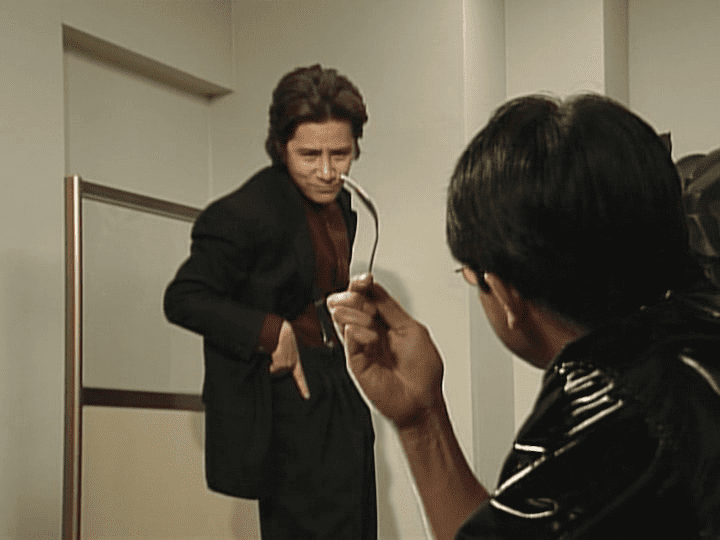 | ||||||||||||||||||||||||||||||||||
Genres Drama, Comedy, Mystery, Crime Fiction Cast Similar Bayside Shakedown, Tales of the Unusual, Aibō, Ousama no restoran, Furikaereba Yatsu ga Iru | ||||||||||||||||||||||||||||||||||
Furuhata Ninzaburō (古畑 任三郎) is a Japanese television series that ran periodically on Fuji Television from 1994 until its final episodes (specials) in 2006. It was written by Japanese playwright Kōki Mitani and is often referred to as the Japanese version of Columbo.
Contents
- Plot patterns
- Looks and mannerisms
- Shintaro Imaizumi
- Other recurring characters
- Series 1 1994
- Series 2 1996
- Series 3 1999
- Final Series 2006
- Special Episodes
- Imaizumi Shintaro comedic skits January 10 1996 March 27 1996 Jan 3 2004
- Young Furuhata Special June 14 2008
- References
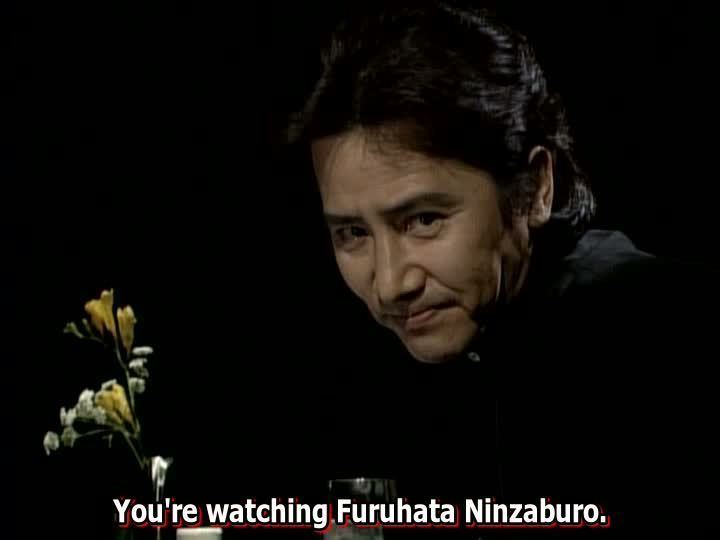
The series is a police detective drama starring actor Masakazu Tamura as Furuhata Ninzaburo and Masahiko Nishimura as his stereotypically bumbling sidekick, Shintaro Imaizumi. The program aired weekly and featured a guest villain each time, usually a famous talent in Japan. Pop-stars like SMAP (boy-band), television hosts like Sanma Akashiya (variety) and even sports figures like Ichiro Suzuki (baseball) have been featured on this program. It was one of the most popular television dramas in the history of Japanese television, having spawned several seasons and TV specials.
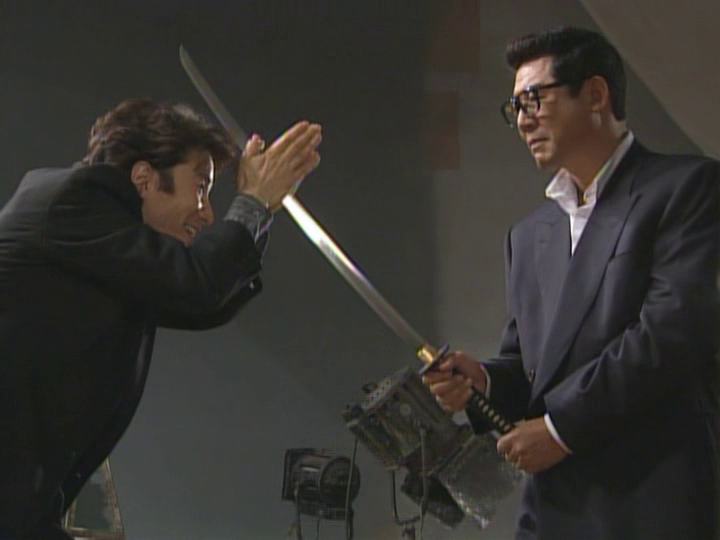
Plot patterns
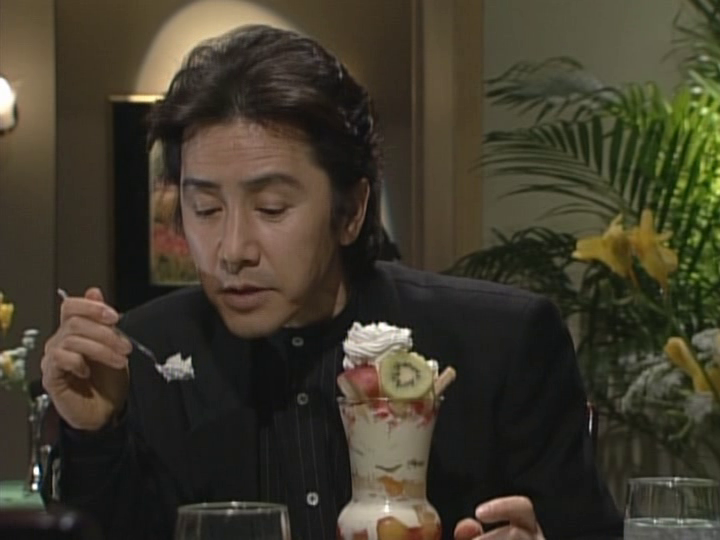
Furuhata opens each episode with a humorous monologue that, at first, appears to be a non-sequitur, but really contains a hint or clue relevant to the following mystery. Then the opening credits appear.
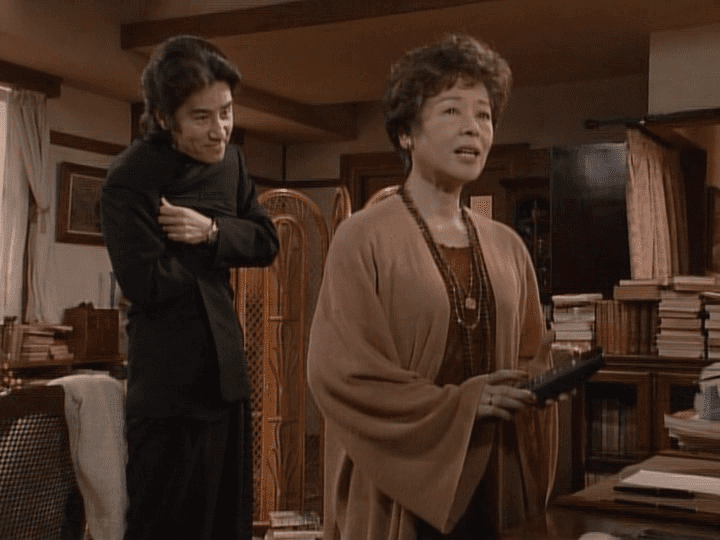
The viewers witness the ingenious murder and watch as the killer covers up the crime (usually by staging the murder as an accident). The murder is then discovered, and Furuhata is usually called in by the police to investigate; but sometimes he just coincidentally happens to be nearby when the crime is discovered. The murderer hangs around the scene of the crime to misdirect the investigation by throwing in several red herrings.
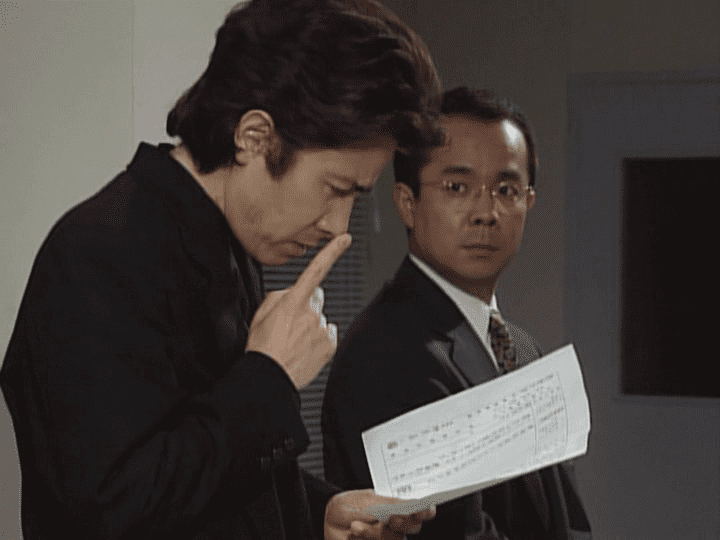
Despite the killer's interference, Furuhata spends the episode trying to spot the real evidence and determining exactly how the crime was committed. Furuhata does this by obnoxiously hanging around his chief suspect (much to the exasperation of the criminal, of course). Just before the final act, Furuhata "breaks the fourth wall" and challenges the audience to guess:
A) what tiny slip-up the killer made which let Furuhata know who the killer was.
B) what clue(s) Furuhata spotted which led him to figure out how the crime was committed.
C) what ingenious trap Furuhata will use to get the killer to confess his / her crime.
In the final act, Furuhata cleverly ensnares the killer using a trap (C); then explains A, B
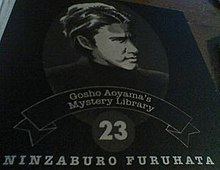
The charm of the story is that while the audience already knows the killer's identity from the episode's outset - it's still up to the viewer to follow along with Furuhata's investigation and spot the clues which will lead to the solving of the crime.
Looks and mannerisms
The character is said to have been based on the fictional character, the LAPD lieutenant, Columbo.
Shintaro Imaizumi
The character of Shintaro Imaizumi (今泉 慎太郎 Imaizumi Shintarō), portrayed by actor and Tokyo Sunshine Boys member Masahiko Nishimura, is the bumbling, inept sidekick of Furuhata. Imaizumi tends to be quite childlike and very passive. Imaizumi somewhat resembles Charlie Brown in personality.
His character not only acts as comic relief, though, but acts as the Watson to Furuhata's Sherlock Holmes. Through his naivete and ineptitude, Imaizumi often falls for the red herrings left by the killer and comes to the conclusion that the murderer intended. Furuhata will then scold Imaizumi, explaining why he shouldn't have jumped to such a conclusion. Thus, he tends to act as a sounding board for Furuhata to explain his theories and acts as a proxy for the viewing audience.
Furuhata can be downright mean when it comes to Imaizumi. Furuhata is often visibly annoyed by Imaizumi's incompetence and often hurls insults at Imaizumi or gives Imaizumi demeaning tasks. Furuhata constantly slaps Imaizumi on his forehead.
Imaizumi still lives with his grandmother and counts knitting, magic tricks and flower arrangement among his hobbies. He loves meat-stuffed peppers, his favorite movie is Grease, his favorite group is ABBA, his favorite Golden Half member is Eva and his favorite song is Dancing Queen.
In season 2, Shintaro Imaizumi was featured in a series of 7 minute skits which aired after the main "Furuhata Ninzaburo" episode.
Other recurring characters
Strangely, the 2008 Furuhata Chugakusei special (which was written 14 years after Series 1), it is revealed that Furuhata and Otokichi were friends for a few months during Junior High. Otokichi's last name at the time is Mukojima, not Higashikunibaru. Though its implied that they may have been in periodic contact before Series 1, Furuhata does not appear to recognize Otokitchi when they meet in Episode 2.
Series 1 (1994)
The episode order is listed by order of the air date. However, the events of the episodes do not necessarily follow the same chronologic order.
Series 2 (1996)
Please note the victim is not always shown, nor is he/she always listed by name in the credits. A credit is given here wherever possible. In the second season, the Shintaro Imaizumi special also begins.
Series 3 (1999)
A credit is given here wherever possible. In the third season, Saionji also joins the group of regular characters.
Final Series (2006)
The FINAL series (these episodes were written with intention to be Furuhata's final adventures) consisted of three 2-hour TV movie specials.
Please note the victim is not always shown, nor is he/she always listed by name in the credits. A credit is given here wherever possible.
Special Episodes
Most episodes of Furuhata Ninzaburo ran for 50 minutes (excluding commercial and news breaks); however, the show would periodically air extended length TV movie specials
Please note the victim is not always shown, nor is he/she always listed by name in the credits. A credit is given here wherever possible.
Imaizumi Shintaro comedic skits (January 10, 1996 ~ March 27, 1996; Jan 3, 2004)
In the second season of the drama, Fuji TV produced a series of 7-minute comedic skits called "Imaizumi Shintaro" which followed the "Furuhata Ninzaburo" episode. These skits feature Imaizumi and his confidante Mantaro Kuwabara portrayed by Toshihito Ito . This series was immensely popular until the death of actor Ito in 2002. In the skits, meek and long suffering Imaizumi vents his anger and frustration about his treatment in the main episode. During the skits, he tried to prove that he is the superior detective, make prank calls to Furuhata, work up the (drunken) courage to tell Furuhata off, even plot the murder of Furuhata. However, the skit always ends with Imaizumi proving his inepitude or losing his nerve and Kuwabara is forced to help escort his sobbing, spineless and broken friend out of the lab.
Despite the absence of Imaizumi, Saionji or Mukojima in the January 3, 2004 Furuhata Special; all three did appear in a 10-minute "Imaizumi" skit which aired later that night. Hanada also makes a brief cameo appearance
Young Furuhata Special (June 14, 2008)
During his last year in junior high, young Furuhata Ninzaburo, a bright but anti-social teenager reluctantly moves to small village with his single mom. His father abandoned the family years ago and his mother frequently stays out late working as a "snack-bar" hostess. Lonely and bored, young Furuhata, with the help of classmate Mukojima Otokichi, reads Sherlock Holmes and solves petty crimes. We see the origin and development of Furuhata's knack for observation, deduction and lie detection. Young Furuhata is played by Ryosuke Yamada and Young Mukojima is played by Tamoto Soran. Tamura Masakazu and Kobayashi Takashi make cameo appearances at the beginning and end of the episode, respectively. This special was written by Kōki Mitani. This show is considered canon, despite a few continuity errors with the earlier series.
